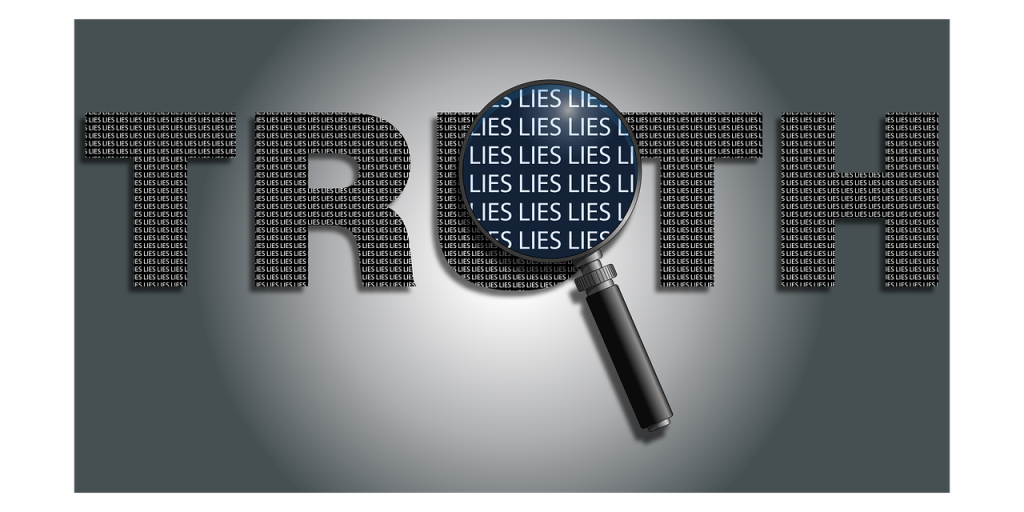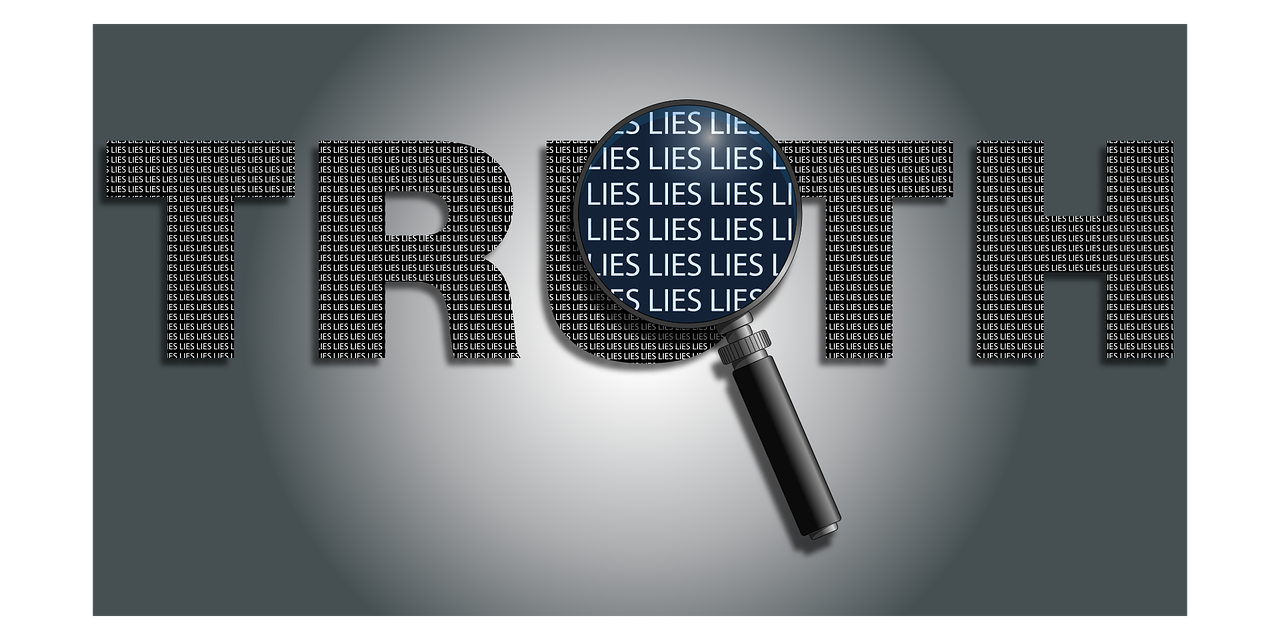
By Linda Fisher Thornton
Sifting through mountains of information, people who want to do the right thing are finding it harder than ever to find the truth. We find ourselves dealing with the challenge of too much information and too little insight. This timely series will explore truth and misinformation. In each post, I will share a different way to spot misinformation and false narratives.
In Part 1, we’ll explore the concepts of truth and narrative.
What is Truth?
Much of what is referred to as truth, is really the narrative of a person or group trying to achieve a particular outcome. This motivated narrative may be leading people to a certain interpretation of the facts while calling it “the truth.”
The objective truth is elusive. To find a more objective truth requires uncertainty and doubt. Without uncertainty, we see an issue with “sureness” and “resolve” based on our own experience. Will our own experience reveal the “whole truth” or does finding the whole truth require something more?
When we see the “truth” only through our own life experience, we miss the vast domain that is the collective human experience. Can we really call this narrow understanding of the world the “truth?” It is, in effect, a self-interested view of the truth, one that will see what it wants to see. We can only accurately say “this is my truth, this is what I see, this is what I think, or this is how I feel.”
Is an objective truth even achievable? Scholars disagree. Some believe that there are no objective moral truths. Others believe that there is a universal truth that transcends the experience of any one individual.
“Our definitions and all the answers we’re looking for are really standing on the quicksand of cultural changes and political theories which are in conflict and contradiction, one with another.”
Ravi Zacharias, The Quest for truth in a post truth culture, Yale University
A person wanting to discover objective truth will have to work at it, using open-mindedness, detachment from preconceived ideas, and an intentional quest. That leads me to the first way to spot misinformation and false narrative.
How can you spot a source of misinformation and false narrative?
Sources of misinformation and false narrative will tell you that you have all the information needed and will discourage you from looking further into the issue.
A source of misinformation or false narrative will want you to respect its authority to do the thinking FOR you, so you will take the “information” at face value.
Creators of misinformation and false narrative will not want you to look beyond the statements made. Their power lies in the reader’s blind trust. In contrast, sources advocating objective truth will encourage you to learn about an issue so that you can see the situation and the value of the proposed solution for yourself.
